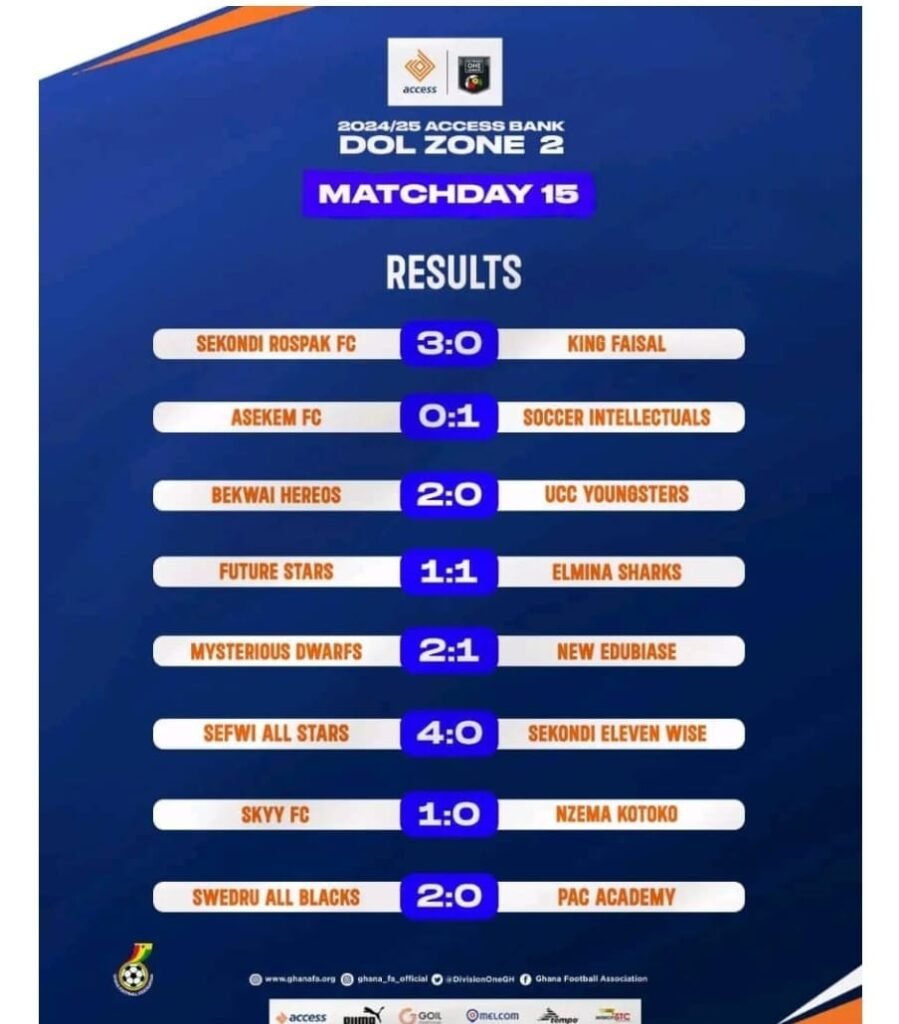Hot!
Pink month here again, let’s join fight against breast cancer
Mrs Kumah-Dzagah (Supporting picture)
Breast Cancer continues to claim the lives of both young and older persons, especially women.
But even among those that survive the disease, they continue to live with the fear of the cancer recurring.
It is a relentless adversary; claiming lives and shattering families.
The severity of the disease does not only lie in its physiological impact but also in the emotional and social turmoil it instigates.
Beyond the physical pain, the emotional torture on patients and their loved ones is profound.
Breast Cancer has become the number one killer disease among women with more than 4,650 diagnoses and over 2,000 deaths annually in Ghana.
Globally, it is estimated that about 2.3 million women are diagnosed with breast cancer, claiming 685,000 deaths.
At the end of 2020, 7.8 million women were diagnosed with breast cancer, making it the world’s most prevalent cancer among women.

In a global effort to raise awareness on breast cancer, October has been designated as a Pink Month.
The Pink Month is set aside to educate both women and men about the disease, including early identification as well as signs and symptoms associated with it.
This year’s celebration is under the theme ‘Join the fight’ aiming a call on genders of all ages to be involved in the fight against the deadly disease.
A breast cancer survivor Georgina Setorwu Kumah-Dzagah, was diagnosed with Breast Cancer in 2018 at the age of 31.
She first felt a sharp pain in her right breast in October 2017 which she ignored for weeks until she detected something unusual in the same breast.
Sharing her experiences of the killer disease with The Spectator in Accra on Monday, Mrs Kumah-Dzagah narrated how she consulted a General Physician after she had attempted treating herself for three months; a period within which a lump she discovered grew bigger and became more painful.
“I was not convinced when the first doctor I consulted told me the lump was just some fatty tissues. This was after he had conducted a Clinical Breast Examination and Breast Ultrasound Scan on me. In my despair, I sought a second, third and fourth opinion.
“My real nightmare was when the fourth doctor requested for a complementary breast ultrasound scan and mammogram and two biopsies.
Her first biopsy was benign but the doctor insisted on a second opinion which eventually confirmed my diagnosis in 2018.
Mrs Kumah-Dzagah’s initial diagnosis was a Ductal Carcinoma In-Situ (DCIS), a non-invasive type of breast cancer.
A non-invasive breast cancer is when the cells that line the ducts changes to cancer cells but have not spread through the walls of the duct into the nearby tissue.
But after the surgery, the diagnosis changed to 95 per cent DCIS, five per cent Colloid Carcinoma.
Colloid Carcinoma is rare form of invasive ductal cancer characterised by large amount of mucous deposition.
“My breast cancer diagnosis was much unexpected. I grieved for days. The disease did not only invade my body, it interrupted my life by bringing it to an abrupt standstill.
TREATMENT
Treatment for the disease is another long tortuous journey. “I had two surgeries, chemotherapy, radiotherapy and hormonal therapy.”
Mrs Kumah-Dzagah told The Spectator she had her first surgery – a wide local excision plus axillary clearance – a week after the diagnosis.
In that process, 14 lymph nodes were removed. Luckily, she had one of her breast conserved.
“My treatment continued with six ‘gruesome cycles’ of chemotherapy, the total removal of my affected breast (mastectomy), three weeks of radiotherapy and an added 10 years of hormonal therapy plan,” she said.
The hormonal therapy is a daily hormone suppresser pill she had to take for 10 years.
She stated that the side effects of the medication which were menopausal symptoms like hot flashes, fatigue, forgetfulness and confusion had compromised the quality of her life but said “I will rather live with all these side effects than to have the cancer return.”
It has been six years since Mrs Kumah-Dzagah detected the breast cancer lump that almost killed her and four years since she completed her active treatment.
LIFE AFTER CANCER
She admitted that breast cancer changed the course and focus of her life, saying that her perception about life had changed and that some things that were important to her were no longer so.
“I was an active and busy person, but I have slowed down, especially during my chemotherapy and after the surgeries. I had to depend on others for assistance which was not my attitude.
“I always wanted to be the survivor so I sought for and looked up to what I did not find during my treatment. I prayed and fought to survive so I could be a beacon of hope to others,” she added.
Mrs Kumah-Dzagah had therefore committed her life to helping others win their fights against breast cancer through advocacy and sharing her breast cancer story.
I hope by advocating and sharing my story with other breast cancer patients and survivors, they will be inspired and realised that it was possible to regain their lives and be stronger, healthier and happier after diagnosis and treatment.
Mrs Kumah-Dzagah called for a concerted effort from all stakeholders including non-governmental organisations, religious bodies, philanthropists and governments in the fight against breast cancer.
She also called for support for breast cancer patients especially with payment for chemotherapy and dialysis.
SYMPTOMS
Different women have different symptoms of breast cancer while some do not have any signs or symptoms at all.
Some of the symptoms include new lump in the breast or underarm (armpit), thickening or swelling of part of the breast, irritation or dimpling of breast skin, redness or flaky skin in the nipple area or the breast, pulling in of the nipple or pain in the nipple area.
Other symptoms are nipple discharge other than breast milk, including blood, any change in the size or the shape of the breast, pain in any area of the breast.
RISK FACTORS
Studies have shown that one’s risk for breast cancer was due to a combination of factors.
The main factors that could influence a person’s risk include being a woman, getting older, reproductive history, having dense breast, personal history of breast cancer or certain non-cancerous breast diseases, family history of breast or ovarian cancer, previous treatment using radiation therapy.
DIAGNOSIS
Mammograms are commonly used to screen for breast cancer. If an abnormality is detected on a screening mammogram, the doctor may recommend a diagnostic mammogram to further evaluate that abnormality. Ultrasound uses sound waves to produce images of structures deep within the body.
By Jemima Esinam Kuatisnu
Hot!
NHIA set to boost its cybersecurity and IT Infrastructure
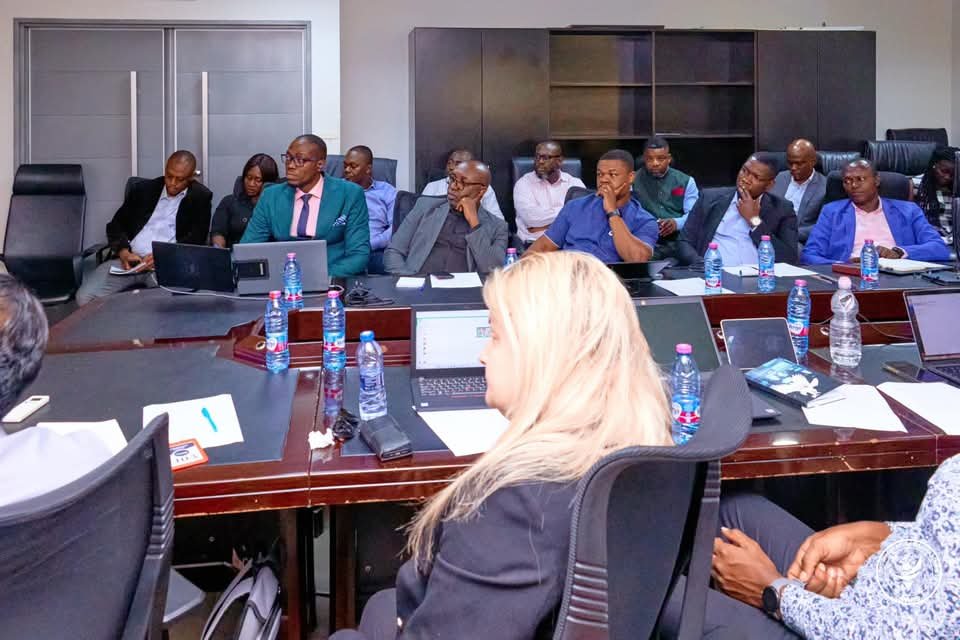
The National Health Insurance Authority (NHIA), in partnership with a leading private cybersecurity solutions provider in Ghana, CyberHawk Limited, is advancing the Authority’s digital infrastructure to ensure seamless operations.
This is to safeguard the Authority’s digital technologies and maintain the trust of active members of the National Health Insurance Scheme (NHIS).
In this context, the NHIA Management Information System (MIS) Directorate in the Head Office, on February 11, 2024, launched a three-day brainstorming session on the organization’s cybersecurity enhancement agenda.
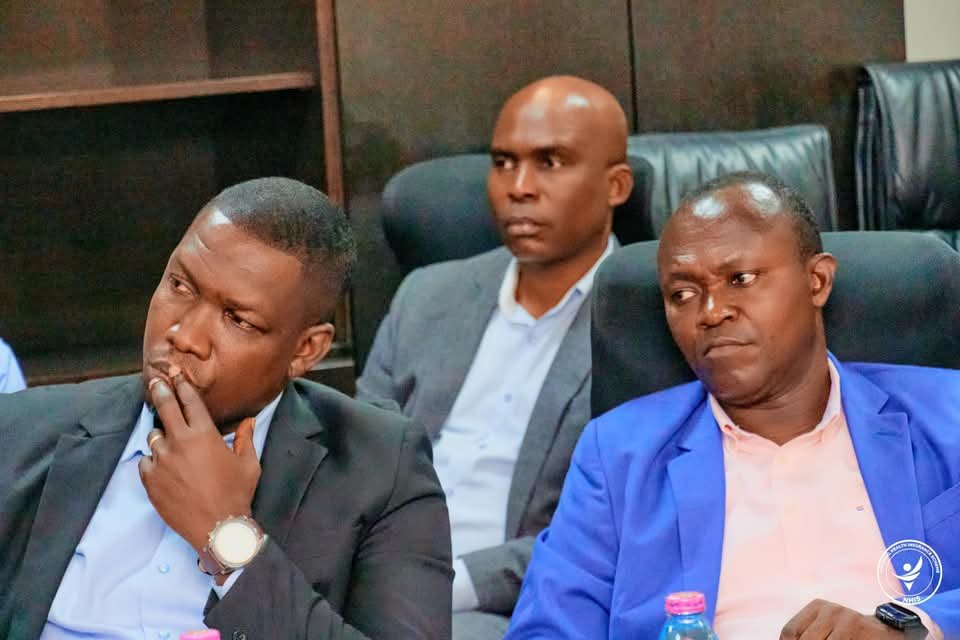

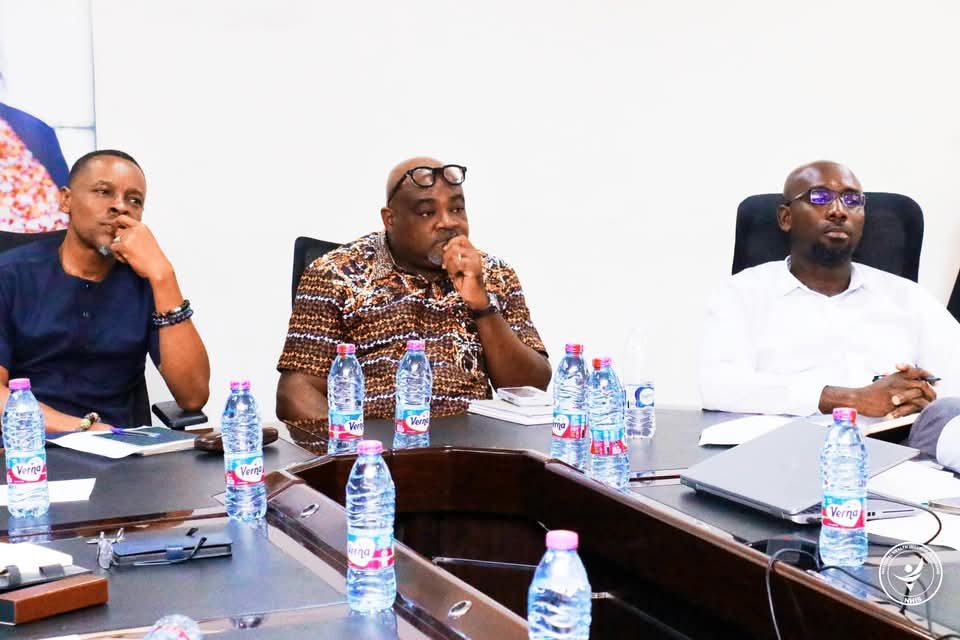
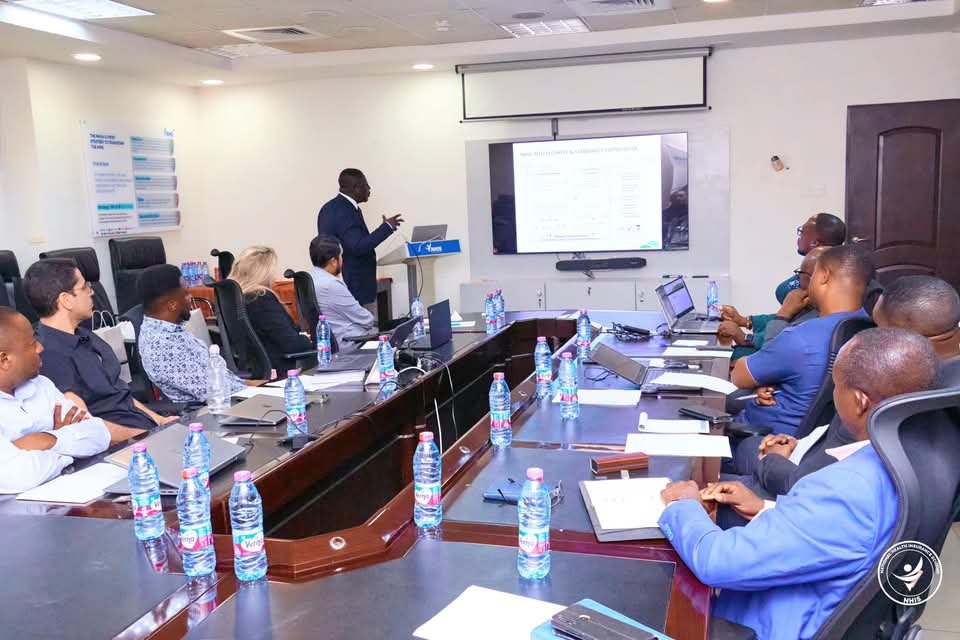

The MIS Directorate Ag. Director, Mr. Daniel Blankson explained that the collaborative meeting aimed to scrutinize the NHIA’s Information Technology architecture, identifying potential risks and gapsto enhance its cybersecurity posture.
“By leveraging CyberHawk Limited’s expertise, the NHIA seeks to fortify its defenses against cyber threats, protecting sensitive information and maintaining the trust of its members.”
Mr. Blankson applauded the synergy between the two organizations and underscored the Authority’s commitment to embracing cutting-edge technologies and innovative solutions to drive its mission forward.
The Head of Information Security and Standards Unit, in the MIS Directorate, Mr. Ebenezer Hooper, highlighted the Authority’s significant milestone on the digital transformation journey.
According to him, the NHIA is actively engaged in fully adopting and implementing modern digital systems to improve its operations.
He said, “The three-day brainstorming meeting will culminate in the development of a robust IT infrastructure, as well as strategic plans to translate security implementations into tangible IT cost savings for the organization.”
“There is the need to form a steering committee or IT advisory committee, operated under the Board, so that they can pay more attention in protecting the huge IT investment while ensuring cyber security-related policies are well protected,” he added.
The Project Manager of CyberHawk Limited, Mr. Chetan Narayana Murthy, lauded the collaboration and anticipated that it would empower the NHIA to implement comprehensive cybersecurity measures.
According to him, “This is a huge project that will greatly benefit the NHIA by implementing robust cybersecurity measures, safeguarding their systems, and ultimately protecting the sensitive information of NHIA members and healthcare providers.”
A Senior Manager of IT infrastructure, Mr. David Asare Addo, and his colleague, a Senior Manager of Applications, Mr. Enock Afanyi, with the MIS Directorate, gave an overview of the NHIA’s current technological landscape.
Present at the meeting were representatives from the Claims, Membership and Regional Operations (MRO), Research, Policy, Monitoring, and Evaluation (RPME), Corporate Affairs, the Audit, Administration, and Human Resource Directorates.
Story By : Vivian Arthur
Hot!
Swedru All Blacks back to winning ways, Roshan humble King Faisal

Sekondi Rospak FC made it eight wins in eight successive home games after three second-half goals from John Amoah, Joseph Ntow and Stephen Anthony Kofi. John Amoah opened the scoring in the 55th minute after a barren first half. Joseph Ntow added to the tally in the 56th minute before Stephen Anthony Kofi rounded things up in the 74th minute to give Rospak a 3-0 win over former Premier League side King Faisal.
Elsewhere at Swedru – leaders Swedru All Blacks humbled PAC Academy in an emphatic 2-0 win. Zayat Bubakari scored first for Swedru All Blacks in the 27th minute before Rudolf Junior Nana Kwasi Mensah made it 2-0 in the 34th minute. Swedru All Blacks are top of the table with 36 points – 4 points ahead of second placed Rospak FC.
Meanwhile, Former Premier League side Cape Coast Mysterious Dwarfs recorded their fourth successive home victory after beaten New Edubiase United 2-1 at the Robert Mensah Park. Enoch Odoom struck first for Cape Coast Mysterious Dwarfs in the 19th minute but Steven Asante equalized for New Edubiase United before halftime. After the interval, Godfred Eshun scored from distance in the 65th minute to help Cape Coast Mysterious Dwarfs secure all the points.
Here are the results in Zone Two
